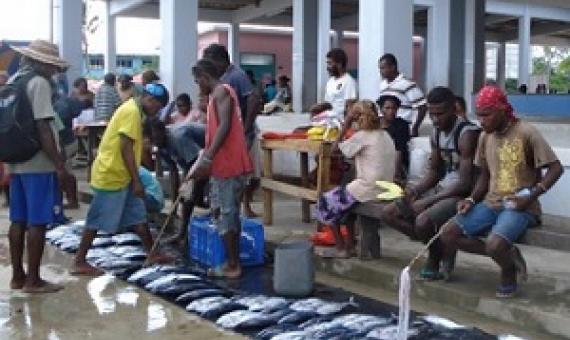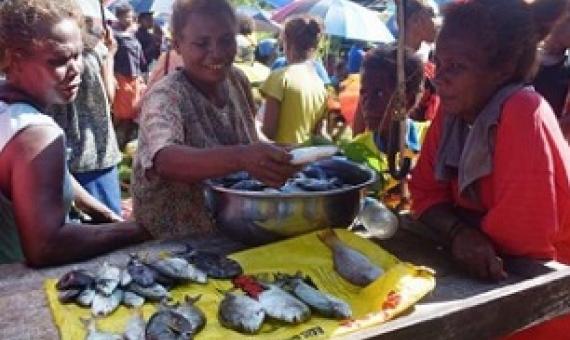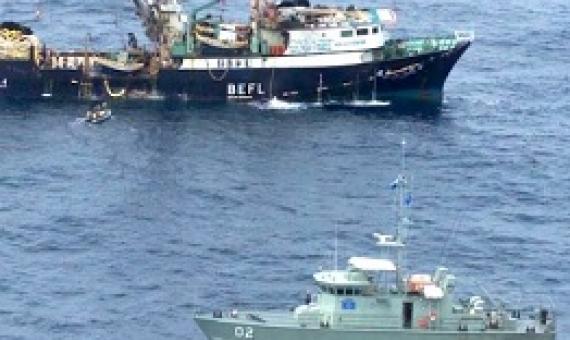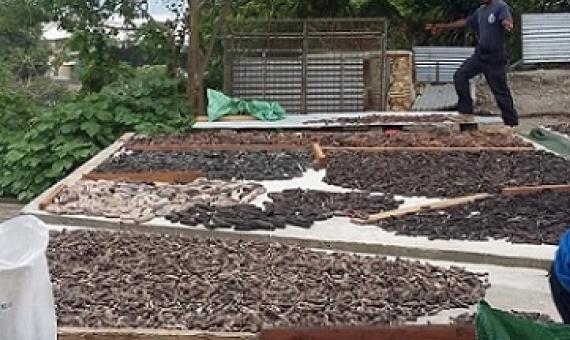Coastal fisheries in the Pacific Islands have become a food and livelihood lifeline to many people who have lost jobs, especially in urban centres and tourism, following COVID-19 lockdowns and border closures.
Spawning potential surveys in Fiji: A new song of change for small-scale fisheries in the Pacific
Catastrophic overfishing of small-scale coastal fisheries through the Pacific poses a major threat to regional food security and biodiversity. Globally, approaches to fisheries assessment and management that were developed for industrial fisheries, are failing small-scale data-poor fisheries. The Pacific Community has called for a complete rethink of fisheries methodologies for the region; a “new song” of change for small-scale coastal fisheries. This article describes the application in Fiji of a new approach to facilitating coastal fisheries management reform.
The Pacific region is no stranger to sudden shocks. Vanuatu and Solomon Islands, for instance, are respectively ranked one and three as nations most at risk from natural hazards and societal vulnerability.
A milestone has been reached by the Pacific Islands Forum Fisheries Agency (FFA) and the Pacific Community (SPC) following the successful completion of an agreement between the two organisations for the exchange of maritime boundaries data.
The Ministry of Fisheries and Marine Resources has issued a statement today saying it will not lift the current ban on beche-de-mer fishery.
Two artificial reefs made from about 3000 tyres will be removed from Guam's Cocos Lagoon. The Pacific Daily News reports the tyre reefs were created 50 years ago in the hope of increasing fish stocks.
Coastal shark fisheries in the Pacific
This study first presents the general knowledge on shark exploitation and vulnerability. Then, the status of coastal shark fisheries in the Pacific Islands is addressed from the angle of the data available for this region and on the basis of information collected through a questionnaire that was sent to the fisheries department of the Pacific countries. In the last part, prospects for management and regulation are discussed.











